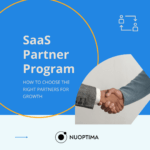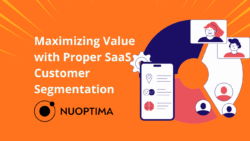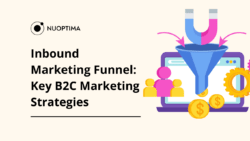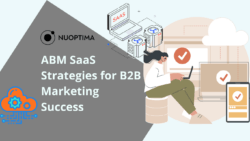According to Vainu’s in-depth research[1], there will be approximately 72,000 SaaS companies in 2024. So, every company has an average chance of 0.14% to be in the top 100 SaaS businesses.
Numbers don’t lie,the competition is tough, especially if you are an innovative startup or an alternative to an existing tool. But at the same time, your ideal customers are somewhere looking for your solution, and luckily, you don’t need to be in the top 100 to reach them.
We’ve talked with dozens of SaaS business owners in our strategy calls, and most of them end up saying: “We have a great product, we just need to grab their attention”.
And that is where b2b SaaS marketing comes in. If you have a great product, all you need is a mwell-thought-out b2b SaaS marketing strategy to find your customers or let them find you.
Now, we will share more about planning your marketing activities according to your goals and budget and five proven SaaS marketing strategies for business growth.
What is B2B SaaS Marketing in 2025?
B2B SaaS marketing is a term for all activities a SaaS brand does to promote their tool, get new customers and acquire ROI.
Many physical, expensive products or one-time services sold B2B demand certain marketing approaches, such as in-person sales. The SaaS industry differs due to the subscription model, focus on client retention and quick deployment.
Even though the first SaaS product was introduced around 1960, it didn’t reach wider recognition until the 2000s – approximately with the launch of Salesforce’s CRM software.
That means SaaS products have been advertised to us for 20 years, and tactics varied from news promotion and cold calling to content marketing and live demos.
To get the full picture of what led to the newest B2B SaaS marketing strategies, here is a quick overview of the most popular tactics throughout the years:
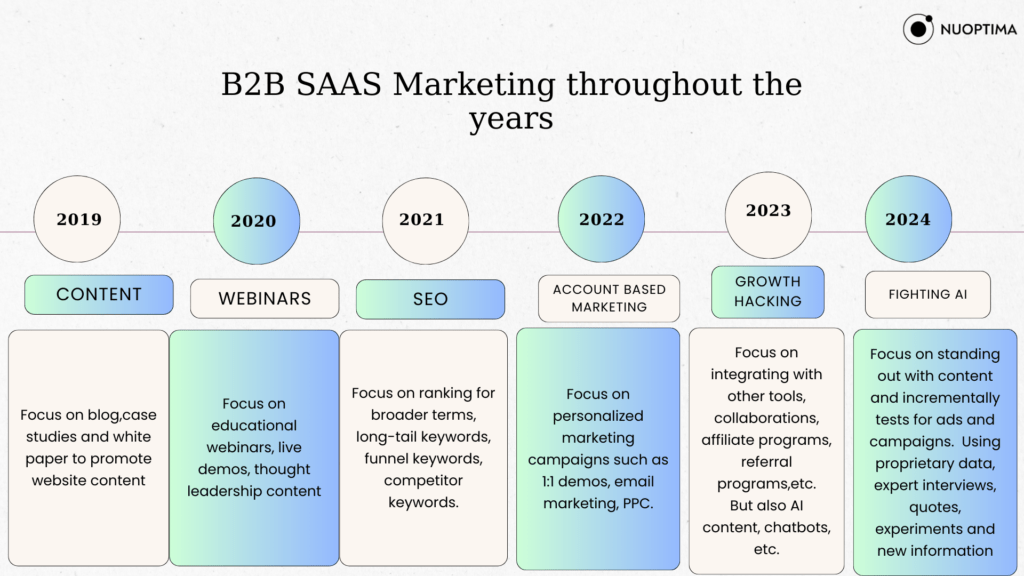
The most interesting part for you would be, of course, the effects of AI and automation (which reached its peak in 2023) on the SaaS marketing plan you should focus on in 2025. As we outlined above, due to multiple Google updates, the trend of “quick and easy wins” has started to fade out, and we are back to zero with original ideas, content and personalization.
Before diving deep into the strategies that reflect the current state of marketing and bring results to our clients, let’s see how you can align your business model and budget with the best SaaS campaigns and strategies in 2025.
And, why not also check out this YouTube video from our very own Founder, Alexej Pikovsky? In this video, he shares 10 top SaaS growth strategies to help your SaaS business gain a decided edge over the competition.
Align your business goals with your marketing strategy
As you might have guessed it, there isn’t a “fit all sizes” solution for anything, especially for SaaS business marketing strategies.
The first thing to consider is your SaaS business model. All SaaS businesses have this general model, with the goal of recurring payments.
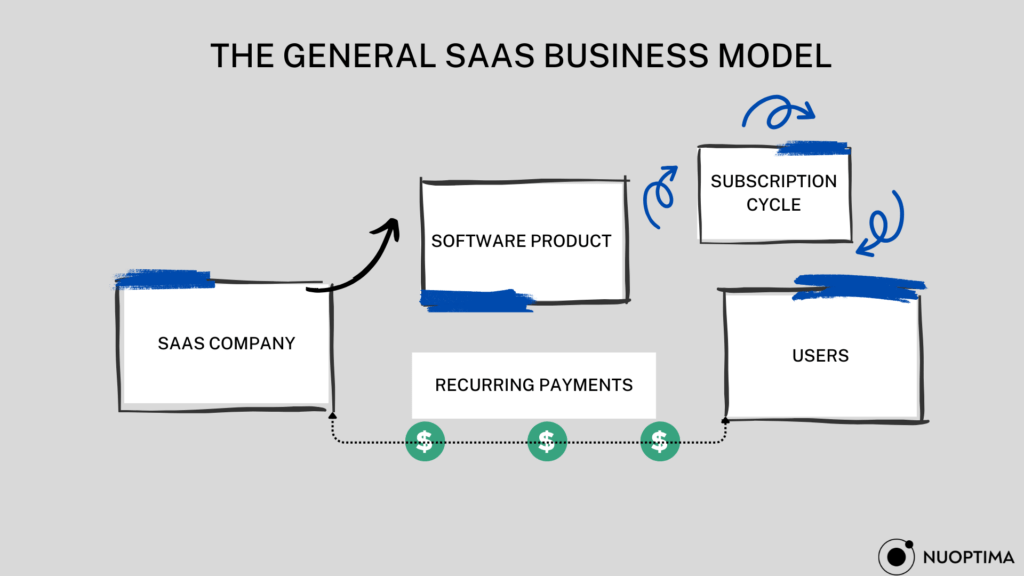
However, there are subsets of this general model, and your company is probably one of the following:
- Freemium model. You offer your basic package (some features or a limited number of users) for free. You earn by offering advanced features or more perks with a subscription fee. This model has the goal of building a big user base quickly.
- Flat pricing model. You offer your software’s features for a fixed price. This model has the goal of getting ROI fast.
- Usage-based pricing model. You charge for your software based on the usage. This model has the goal of attracting “high-value” users.
- Per-user pricing model. You charge based on the number of users. This model has the goal of acquiring larger teams or enterprises.
- Tiered pricing model. You offer different levels of service or features at different price points. The goal of this model is to differentiate its customer base and upsell accordingly.
- Customized pricing model: You offer custom pricing for different users. This model’s goal is to maximize the value of the product for customers (no unnecessary features) and build a closer relationship with them.
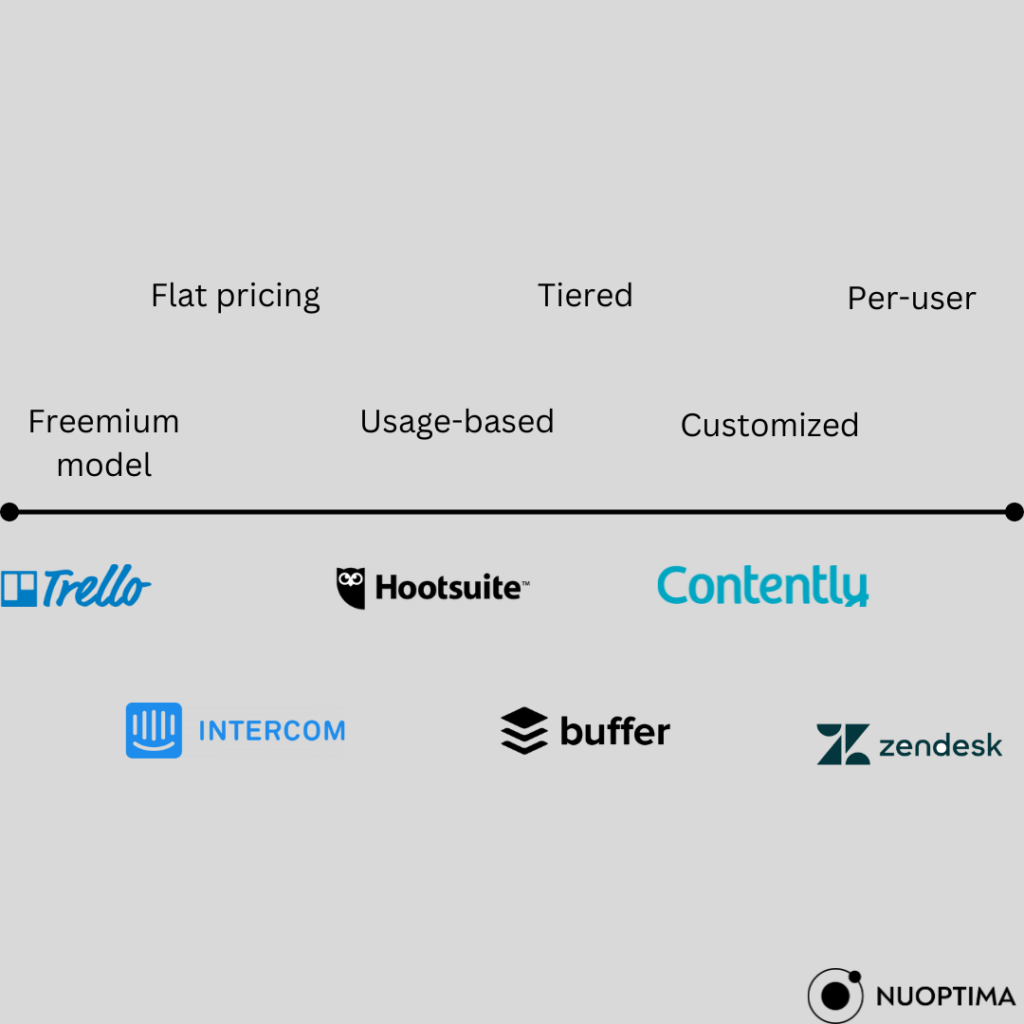
Each SaaS business model targets different customer segments and requires specific marketing approaches to optimize reach, conversion, and retention. Before doing in-depth customer research and crafting your marketing strategy, you need to outline your business goals based on one of the models above.
So here are 3 examples of potential goals for different business models:
- Freemium model
The goal of the “X” SaaS company is brand awareness and increased free plan sign-ups. This implies that the choice of strategies and marketing activities should have the goal of promoting the brand and getting new sign-ups.
- Flat pricing model
The goal of the “X” SaaS company is customer retention and an increase in CLV (customer lifetime value); therefore, the marketing strategy should focus on nurturing the relationship with existing users.
- Per-user model
The goal of the “X” SaaS company is to acquire more enterprise or large teams, so they should focus on providing value to this subset of customers through longer sales cycles and personalized onboarding.
Align goals & budget
These examples shed light on the difference between models and customer segments. Once you’ve outlined your business goals, the next stage is budget allocation and creating a customer-centric marketing funnel.
Your marketing budget will dictate the marketing strategies and channels you will invest in. The performance and ROI of your initial marketing strategy will be a good indicator whether your strategy needs optimization and budget allocation.
For SaaS companies looking to accelerate growth, investing in targeted PPC campaigns can deliver fast results, especially when optimized for high-quality leads. If you’re interested in learning more about tailored strategies for SaaS businesses, our SaaS PPC agency can help boost your lead generation efforts through data-driven campaigns.
For example, your goal is to acquire a large user base quickly, so you focus on the marketing strategy that is known for generating leads fast – PPC (Facebook and Google ads). Understanding the differences between SEO vs Google Ads can help you make more informed decisions in this regard.
But, if your business goals are focused on targeting enterprises and long-lasting clients you should set aside resources for a content strategy and invest in content marketing.
If your business goals are a mix, then your marketing strategy will be a mix, too. We worked with multiple companies that wanted to take advantage of all of our B2B SaaS SEO services and see what is working for them.
Also, are you bootstrapped or venture-backed?
Boostrated companies usually don’t have a goal of growing fast but steadily. So, they should focus on marketing strategies such as SaaS content marketing that brings in leads slowly but constantly.
On the other hand, venture-backed companies need to grow fast, so our #1 tip would be to invest in PPC and conversion optimization so you can get high-quality leads fast.
Integrating ABM SaaS strategies into your marketing efforts can also be beneficial for targeting specific high-value accounts, ensuring a personalized and effective approach to acquiring and retaining key customers.
Once your goals and budget are aligned, it is time to build your marketing funnel.
Create a customer-centric marketing funnel
Your customers aren’t just the people who will instantly buy your product once they see it. In fact, those people are maybe 5% of your total target group.
Your target customers are divided into four different stages of awareness:
- Unaware
- Problem aware
- Solution aware
- Aware of YOU
These segments reflect your marketing funnel and will directly influence your advertising strategies. To put it simply, you can’t sell a solution to someone who isn’t aware of the problem, that is a waste of resources. Now you know why retargeting ads have the biggest success rate: because you target people who have already shown interest.
Still, your SaaS marketing funnel should address every potential customer at the stage they are at.
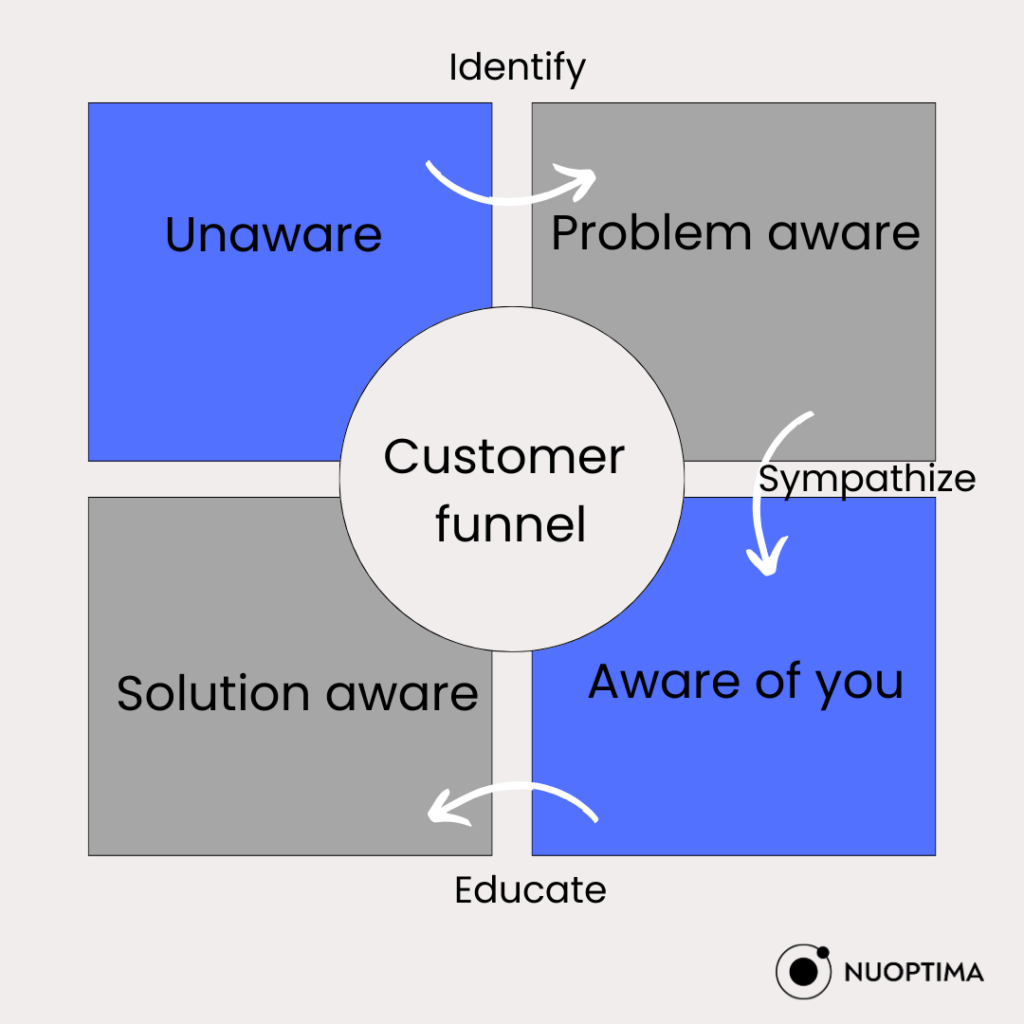
Unaware Customers
To unaware customers, you should keep in mind that they may not know they have a problem. To attract and acquire these customers your b2b marketing strategy needs to focus on brand awareness campaigns and educational content.
A potential way to do that is partnering with software in a similar niche (not a competitor) and promoting your services to their existing customer base. With content, you can address broader contexts and warm up your audience for the next stage.
A SaaS company offering remote team management tools might sponsor a series of webinars on productivity and teamwork while working remotely, which is useful to companies that might spark interest in this tool.
Problem Aware Customers
To problem aware customers, you need to further educate customers on their problems and general solutions available. SEO and high-intent keyword targeting are good strategies for targeting customers interested in the problem they have. For example, “ best team productivity tools” is a good keyword for the example we mentioned above.
Solution Aware Customers
You need to treat solution aware customers as your niche peers, meaning they know a lot about your market and the competitors. There is a high chance they’ve done extensive research or even tried a competitor’s tools, and now they are looking for alternatives.
These customers have a very good chance of converting, so the best way to approach them is with detailed comparisons, case studies and client testimonials – all in favor of positioning your product as the best on the market.
“Aware of You” Customers
The final stage includes the customers who already know your brand and software but need “one final push”. Here personalized email campaigns and B2B SaaS PPC services work like a charm if the design and copy are set to convince the reader to make the purchase.
Top 5 B2B SaaS Marketing Strategies for Growth
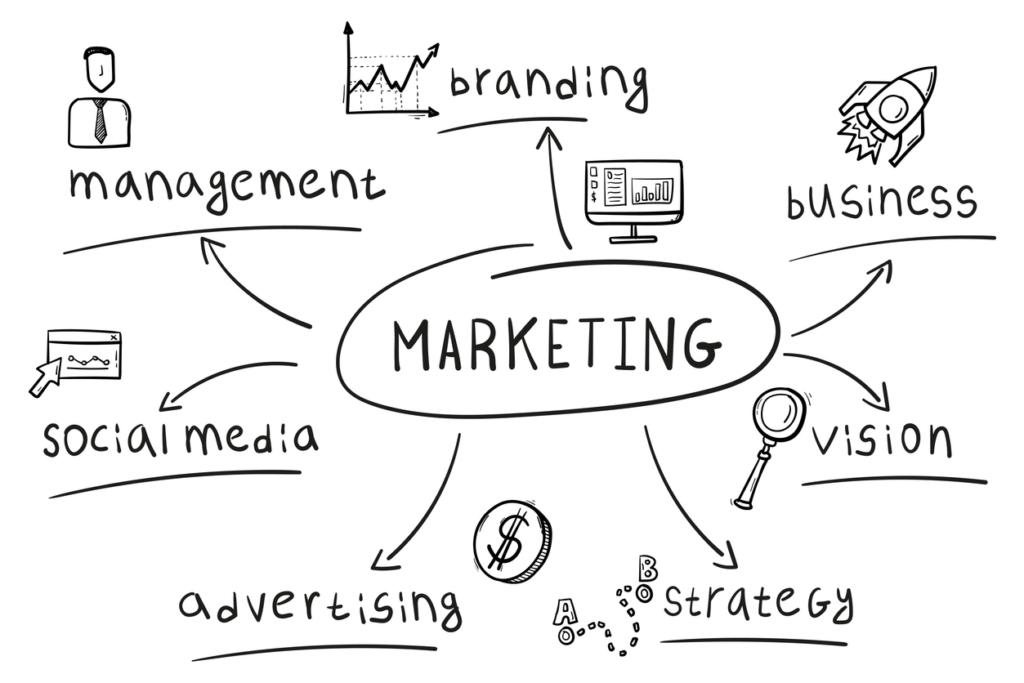
Now that you’ve mapped out your business model, budget and marketing funnel, here are the five proven B2B SaaS marketing strategies you can use in 2025:
- Content marketing and SEO
- Digital marketing channels
- Community engagement
- Outreach and collaborations
- Manual outreach
Content Marketing and SEO for the Long-Run
Kurve reported that 97% of B2B marketers are using content marketing as part of their marketing strategy for 2025. The high percentage indicates that there is something about content marketing that works for everyone.
SaaS content marketing is an umbrella term encompassing landing pages, blogs, case studies, white papers, podcasts, etc. Usually, SaaS content marketers choose one to start with and add others based on the budget, growth and the direction in which the company is going.
In the era of AI content, one thing is for sure – your SaaS brand needs to stand out. We believe it is the easiest with content marketing as you have many mediums to share your expertise, experience and original data.
Whether it is a unique case study with original data, other brands would gladly build links to, or articles with experiments and expert testimonials – pick your fighter.
The era of saas content marketing and SEO being “just scrape your competitors” keywords and cover what they covered” is long gone.
SEO and content marketing work in harmony because they constantly bring in high-quality leads. However, keep in mind that they require resources, and they work as a “compound effect” – check the image below:
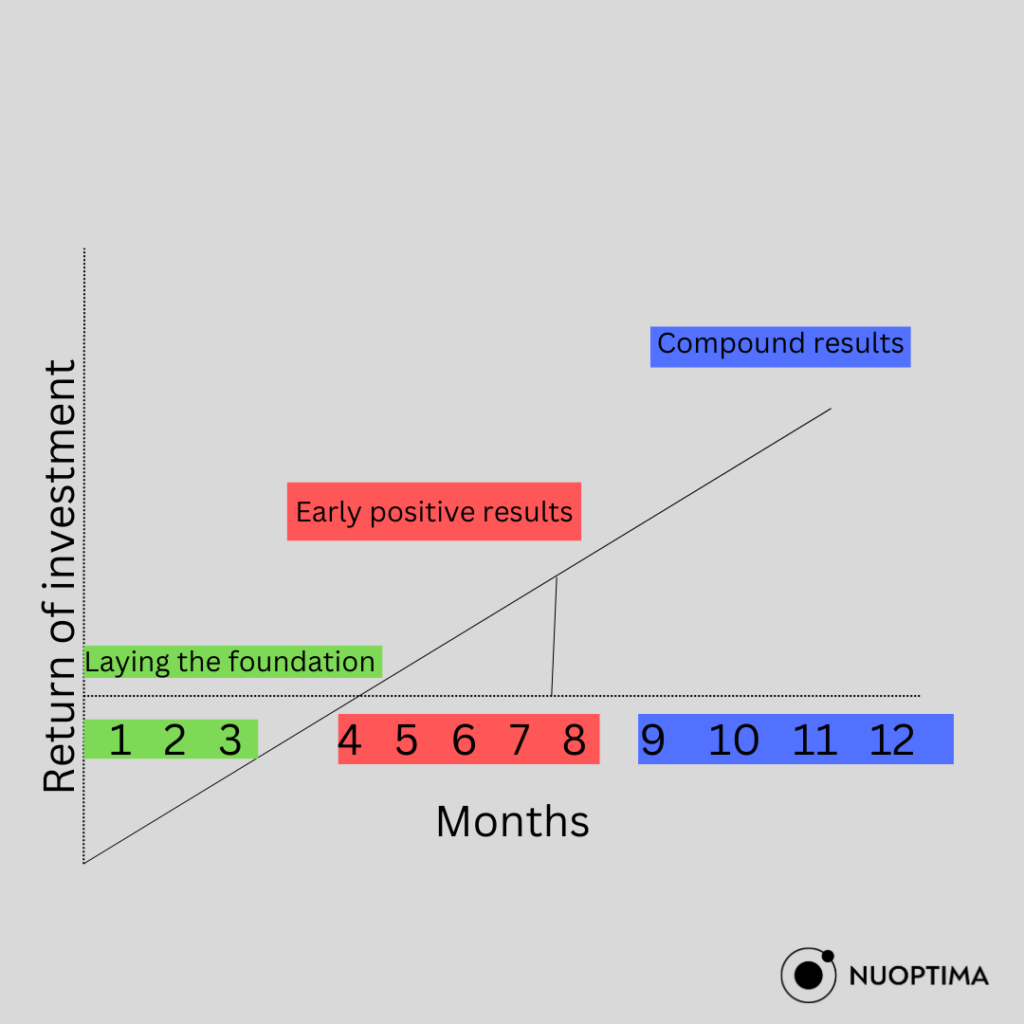
We advise our SaaS clients to focus on their landing pages first, especially if you are using PPC. Your landing pages are the “make or break” step before a conversion happens.
Your prospective customers need to easily figure out what your product does for them, how it works and how it compares to other solutions on the market. By covering these three points, you are covering every funnel user (from those unaware to the ones who know your product).
Articles have a different goal, and once the pages that convert the most are done, you can switch to pages that are the direct links to these money pages.
Blog posts cast a wider net and bring you brand awareness and authority. Make sure that your content reflects expertise, authority and real-life examples, so your target audience can consider you a “trusted advisor”.
Some blog posts will convert users, some will educate them a bit more, and some will direct them to other sources on your website – as long as you provide value to the reader, these are all useful pieces of content.
Digital Marketing Channels for Quick Wins
PPC
As for SaaS companies that want to acquire leads faster, we recommend strategic paid social and paid search services. From Google and Bing to LinkedIn and Facebook ads, there are many platforms where you can post your campaigns.
The choice of platforms usually depends on your target audience and budget. While Bing ads are less expensive than Google ads, if your target audience is on LinkedIn, then the choice should always be in accordance with your ICP.
After choosing your platform(s) the second step is making sure your visuals and copy are aligned with your overall marketing strategy. Your campaigns need to be eye-catching and provide valuable information to the target audience, and not just lead to your landing page.
One thing that you need to pay attention to in 2025 when it comes to PPC is “incrementality testing”. This new “buzzword” is very useful for B2B SaaS brands since it shows the realistic performance of your marketing campaigns.
With GA4 and individual platform analytics, you need an experienced SEO (Search Engine Optimization) specialist to measure the true ROI and ROAS of your marketing activities.
Incrementality testing allows marketers to compare the ROI of a test group (the one being exposed to the ads) and the control group (the one not being exposed). In that way, you see the direct impact of your marketing campaigns against the ROI that would have naturally occurred.
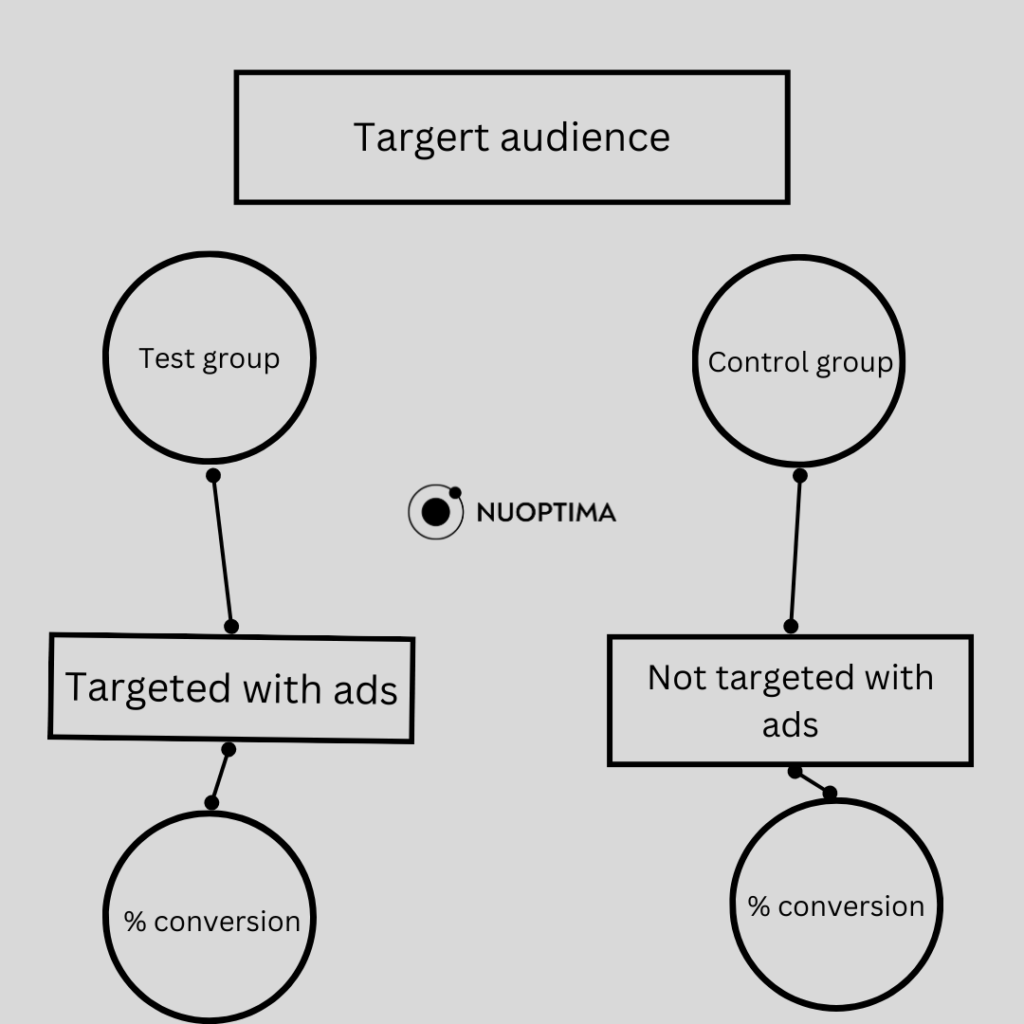
Email Marketing
Your email list (apart from your website) is the only marketing channel you “fully” own, in the sense that you don’t depend on the will and rules of the platforms you are on. When you collect your email list, you have it forever.
Email marketing is not only dead but, just like content marketing, remains one of the most popular marketing channels for SaaS companies. With email marketing campaigns, you can cross and upsell, get to know your target audience better, and A/B test what is working.
It is much more customizable and personalized than any other marketing channel because you can “speak directly to each individual” – not literally, but you can make them feel as if you are.
Community Engagement for Brand Awareness
Speaking of direct communication with the target audience, one of the top marketing tactics is to engage with your community. What does that practically mean?
Weekly webinars, YouTube channels, Podcast episodes or Slack/Discord communities – all of these marketing activities help you increase brand awareness and build LTV customers.
To form a community, you need to first bring value to the table, which means solving problems for them. If you are a new SaaS brand, the best piece of advice for building your own community is to “take advantage of another’s community”.
This means partnering up with other brands and subtly promoting your services to their audience. This is beneficial because you tap into a market that is similar to yours easily, and you introduce yourself to a community whose existing customers are already “warmed up”.
You can do it through joint webinars, newsletters, YouTube or Podcast series, etc. Members of one community will gladly become members of another community where they can find valuable information.
Affiliate Programs and Influencer Collaborations for Networking
Above, we mention inserting your brand in other communities, another way to do it is through saas affiliate programs and micro-influencers collaboration.
This is “uncharted territory” for SaaS brands, while other brands have been doing this for years now. To catch this wave, you need to collaborate with people who have access to your target group.
Affiliate programs and influencer collaborations may be costly at first, but if set up properly, you can get high-quality leads and conversions fast.
Another thing worth mentioning is B2B SaaS marketplaces like G2, Capterra and SoftwareAdvice. Your software should always be on these platforms because the target audience trusts them and visits them for info on the software they need.
Apply for those platforms and ask your users to leave reviews so others can find you more easily.
Manual Outreach for Personalized Communication
Manual outreach via LinkedIn and email are one of the most time-consuming but equally effective B2B digital marketing strategy for SaaS. Especially if you are a new brand starting out, you can use manual outreach to get high-quality leads.
With proper research and preparation, like collecting emails or the LinkedIn profiles of decision makers, you can have a high response and conversion rate. One of the best tips if you are just starting out is looking for beta testers or first users via email or LinkedIn.
By contacting your target audience and asking for their feedback while offering an incentive (free trial, coupon, forever free plan, etc.), you are building solid relationships.
Make sure you did some research on your prospects and target audience beforehand so you can address them personally and not do generic outreach that everyone ignores.
How to measure and track your B2B SaaS Marketing Efforts
Whichever strategy you choose to begin with, after some time, the question will always be, “Is it working?”.
All B2B marketing strategies have KPIs to track and measure their success. Here are some most important ones:
- CAC (Customer Acquisition Cost)
- CLV (Customer Lifetime Value)
- ROAS (Return of Ad Spend)
- Website traffic and clicks
- MRR (Monthly Recurring Revenue)
All these B2B SaaS metrics can be tracked using analytics tools such as GA4, GSC, CRM systems, and marketing automation platforms. You can also see the average benchmarks for B2B SaaS metrics:
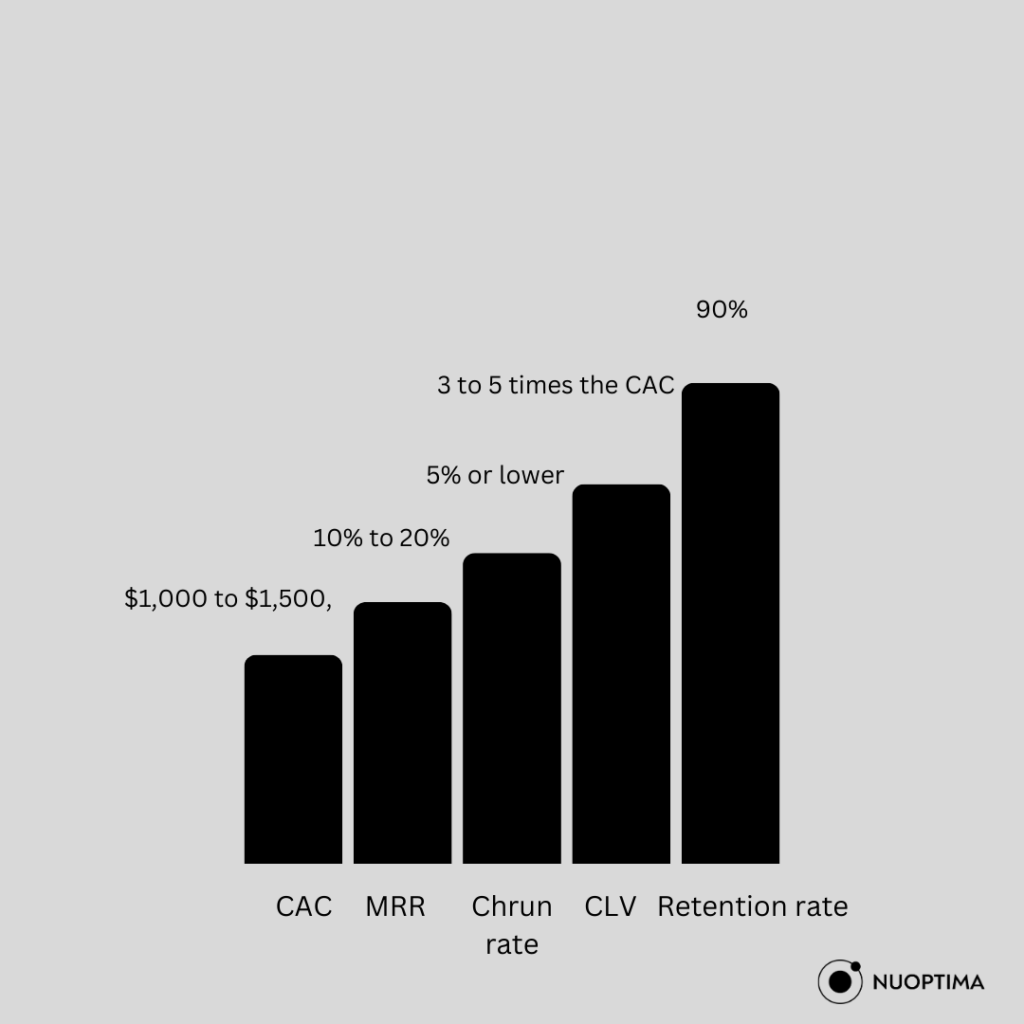
Why trust a B2B SaaS Marketing Agency?
If you are considering outsourcing your B2B SaaS marketing activities, you should know what to expect from agencies.
If you hire a B2B SaaS marketing agency, you will get:
- A team of experts with different skills. Specialists, including SEO, PPC, Content marketing and social media experts that work in sync and with proven strategies
- An efficient SaaS marketing strategy. No more second-guessing which strategy will be a perfect fit for your business goals; you will have everything mapped out.
- Audits and optimization tips. Know what is working and what needs optimization.
- Insights into progress fast. You don’t have to switch from one platform to another and doubt whether your campaigns are getting the desired results.
For businesses looking to maximize their ad spend and reach targeted professionals, partnering with a specialized LinkedIn Ads agency can significantly enhance campaign results by leveraging the platform’s unique targeting capabilities.
If this sounds like something you are interested in, book a call with our team at NUOPTIMA. We are a B2B SaaS marketing agency with a proven track record of reaching SaaS clients’ goals and maintaining clear and transparent communication.
Let’s talk about your 2025 SaaS marketing strategy, book a call today.
FAQ
An example of a B2B SaaS marketing campaign is an email marketing campaign offering a series of educational demos with a free trial of their tool. Another example would be using high-intent keywords related to the software and niche, with ads leading to a landing page with a detailed guide.
The role of marketing in B2B SaaS isn’t universal and depends on the strategy. It can vary from brand awareness and education to engaging users through campaigns and converting leads into customers. The end goal is most likely acquiring or retaining customers, but the steps in between differ.
A proper B2B SaaS marketing team should have a strategist, SEO expert, PPP expert, content marketer, editors, writers and designers. The members of the team collaborate together to perform campaigns and tweaks when necessary and advise SaaS business owners on budget allocation and new insights.
The choice of B2B SaaS marketing channels will depend on the business model, goals and target audience. This article will help you figure out your and advise you on the best strategies in accordance to the three points above.
A B2B SaaS marketplace is a platform that features many SaaS products with the aim of allowing raiders to discover, compare and purchase them. The most famous B2B SaaS marketplaces are G2, Capterra and SoftwareAdvice.
